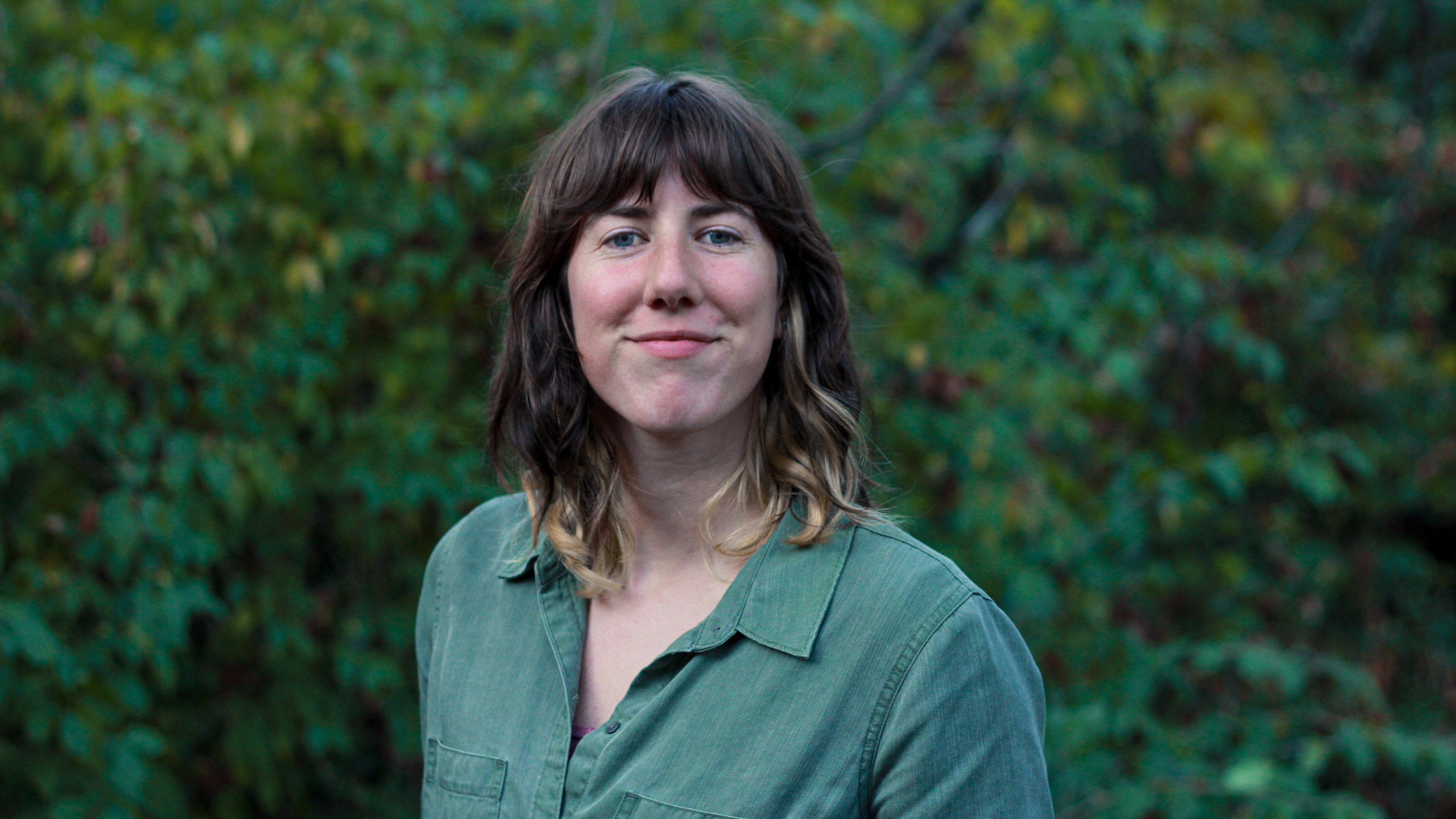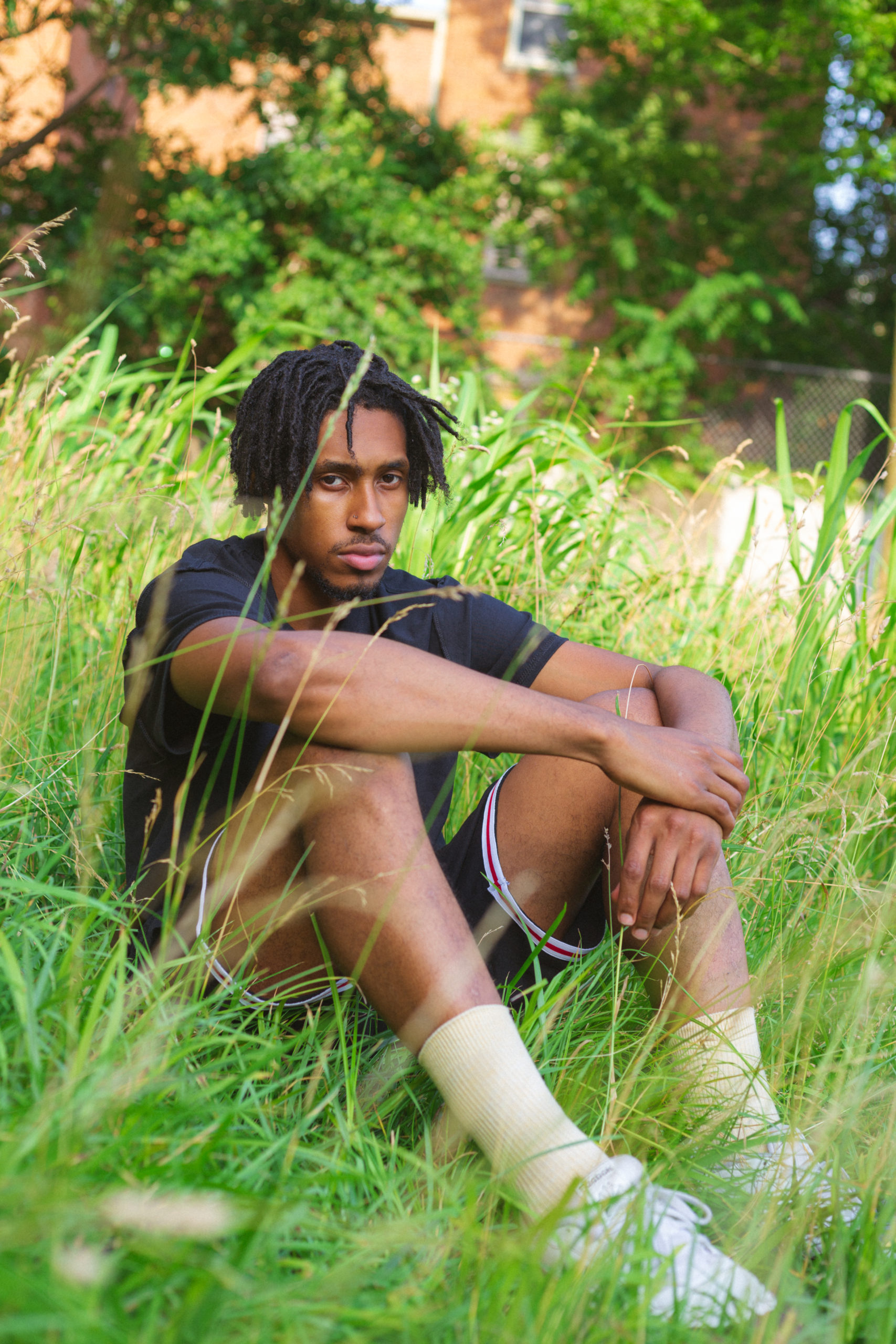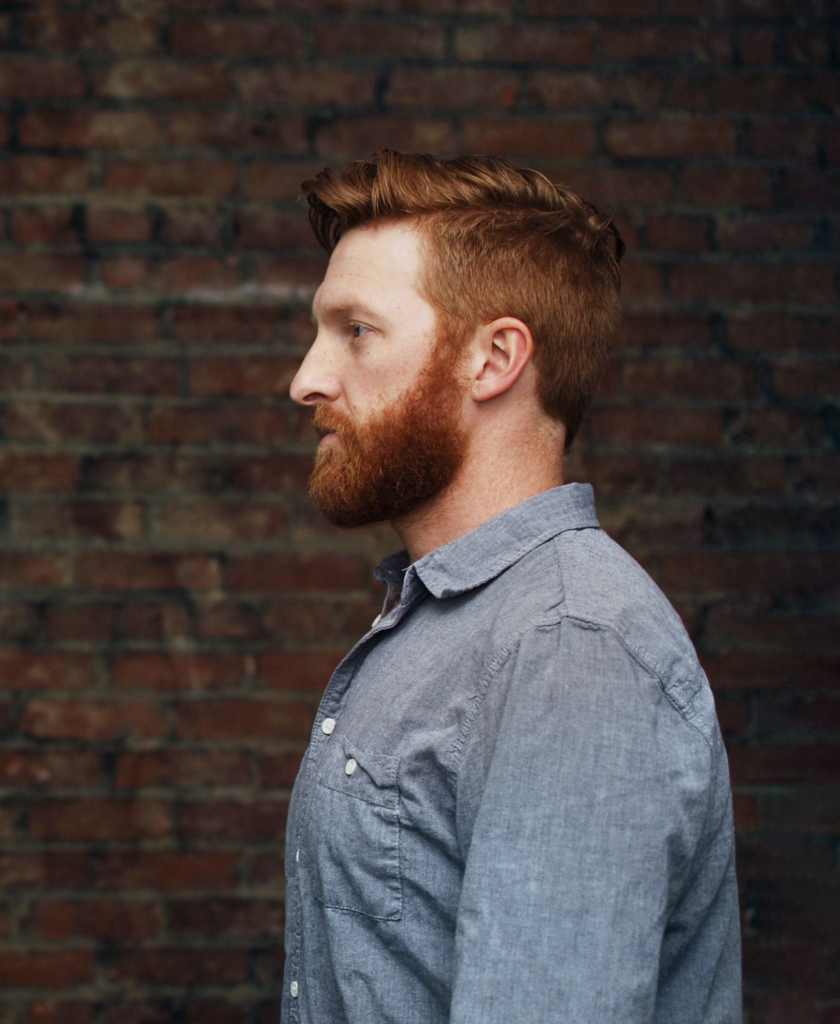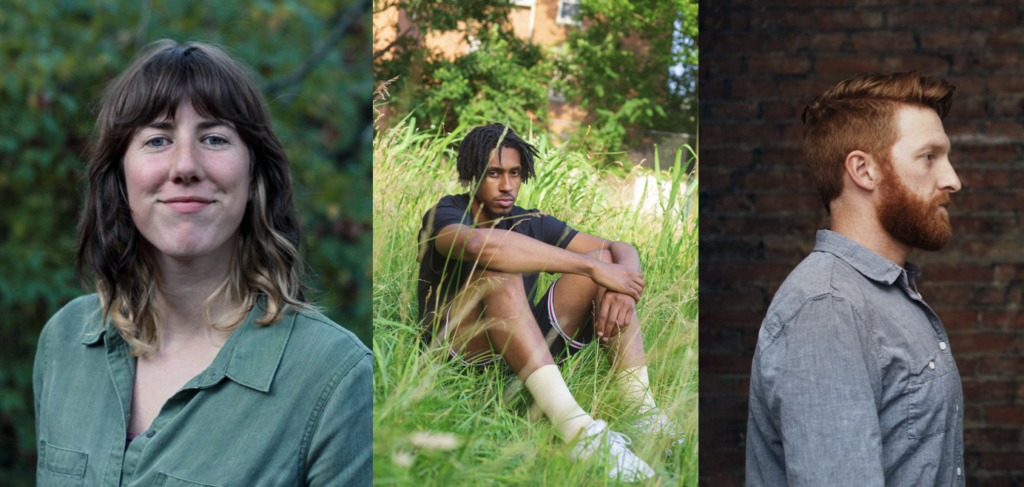Behind the Lens with a Few Local Pros
Posted on November 20, 2020
Three local videographers detail their takes on interviewing, collaborating, and how best to tell a story through that dynamic medium.
All the average viewer sees of a video project is the final cut. And yet any pro knows that video, whether creative or commercial, requires extensive thought, planning, and coordination—and that’s before the editing even begins. We found three local videographers who take that approach further still, bringing a serious ethical and academic mindset to their work.
This month, FotoFocus sat down (remotely, of course) with these notable local artists to discuss how their processes, belief systems, and relationships inform their final products.
Bizzy Young
bizzyyoung.com
@shutupbiz

FotoFocus: How would you describe your own artistic process for creating a video interview?
Bizzy Young: The first thing that I focus on is creating a very real relationship with that person and building trust in a very organic way. That means there is more forethought and time put in before the interview just talking with that person and helping them feel comfortable—and really understanding what their fears are and helping mitigate those fears by being 100-percent transparent. A lot of it comes down to transparency.
A lot of the people that I talk to have never been asked to share their story. Or normally don’t take up the limelight. Folks can be uncomfortable in front of the camera, but there is a thoughtful way to guide them through that process so they don’t feel alone or isolated.
FF: What are some ways that a videographer can create a sense of comfort and trust during a shoot?
BY: The typical techniques are things like empathic interviewing. I learned it from the human-centered design process. It’s generally used in design thinking, which is coming into the conversation with no assumptions and allowing the conversation to flow wherever the interviewee wants it to go. And so I think how that is different is that even though I want to tell a story about somebody, I try to not bring those assumptions or those biases into that interviewing process. It really is sitting with that person and observing more than anything and listening to what they have to say and asking a lot of “why” questions and trying to not interject your own belief systems.
FF: How has collaboration changed your game?
It is remarkable. Even though I love producing films on my own because I have 100-percent creative control, I think ultimately for me and my filmmaking career, building a community of filmmakers, like with my good friend Asa [Featherstone]. We both realized that we loved storytelling, we loved filmmaking, but we took a very different approach that was more documentary. I keep saying “ethical filmmaking,” but I really mean empowering the people on the other side of the camera who are sharing their stories.
So we have things like the Free Resource Library for anyone who is interested in filmmaking. We have tons of links and templates and resources and fonts and design things that you can download and use. We’re all about “You’ve gotta do it together, and if I’m coming up, you’re coming up with me.”
Asa Featherstone IV
asafeatherstone.com
@savvyoso_

FotoFocus: Do you have a common goal that drives your projects?
Asa Featherstone IV: Through the lens—through photography and video—I like to get people to tilt their head a little bit and really kind of question their beliefs and the way that they see the world.
FF: That’s a nice image, to get them to ‘tilt their heads.’ Are you essentially just trying to get them to stop and think? Or to think out loud?
AF: Yeah. It’s a constant challenge. I think all of us have the potential to continuously grow, and I think growth comes from looking inward and thinking about how the decisions you make and the way you treat people and even treat yourself can really impact the world in a greater sense. I think everything I want to do is to continuously get us to question and challenge and grow together.
FF: What role do you think that videography plays in achieving that goal?
AF: It’s almost everything. We’re in a state where “seeing is believing.” You can tell someone a story but they won’t have anything to back it up or prove it. The way we operate in the world now, everything is visual. We are image-based learners. We absorb information when we can see it, and we understand it better when we visualize it. And photography can help do that but I think video can be more compelling. And it’s an easier way to grasp information.
The versatility that video has is huge as well. There are so many different forms that video can take. You directly see someone on camera talking and telling you something. You can incorporate music and sound to create an emotional experience. There are so many avenues that you can attack and you can really reach people—not only get their attention, but get into their minds, get them to contemplate and think, through the form of video.
FF: How does the visual reality of video change the interview process?
AF: I think something that video adds is that emotional element. You get to see the person and hear them, so that makes it more intimate. There is an instant connection to what they’re saying. You get a holistic experience.
FF: You specialize in portraits, but you’re also a videographer. How do you see those styles and formats informing each other?
AF: Portraiture is evolving. People think of photography and that’s where we all started. But the moving image is just it. It’s just where we are and where things are going to continue to go. We have to continue to push that boundary. Video portraiture isn’t new but it’s still emerging. I’m discovering that in making video portraiture, even in a short, 30-second clip, there are so many more ways you can create levels of intimacy.
Jeremy Mosher
jeremymosher.com
@mosherjf

FotoFocus: Is there a specific stylistic approach that characterizes your work?
Jeremy Mosher: I tend to have a pretty formal approach to most of the visuals. Formal composition, a lot of balance and symmetry. I admire people who do things that are outside of my comfort zone, and I desire to do more of that. But I do find myself gravitating back towards things that are easily organized.
It’s almost like operating within a set of rules. Like I’m going to shoot everything on a tripod or a slide or something like that. Or shoot entirely hand-held for a more verite sort of look. As long as I have a set of rules to help govern me, then I’m able to operate and find creativity within that.
I come to most things via interview. My background is interview-based broadcast television and documentary. Interview-based is my sweet spot. So I tend to start with trying to open up someone else’s perspective on their experience or their work or whatever the theme or the subject that I’m pursuing.
FF: Your creative process seems to thrive on consistency and predictability. Does that sound right?
JM: I remember reading a really interesting profile on Zaha Hadid, and the writer talked about how architects chafe at having restrictions; they want to have a blank canvas. But then a lot of the best, most striking architecture in the world has grown out of urban spaces where they’re very hemmed in. That made a lot of sense to me. Having that infinite blank canvas can be oppressive in a different way. So when someone gives you some parameters to push back against, it forces you to come up with solutions for How do I achieve what I want to achieve within these parameters? I like having a lot of the questions answered for me. That’s what having that formal set of rules allows me to do: Clear a lot of those questions off and focus in on a smaller set of questions about How do I achieve this?
FF: Does that approach carry over into your interviewing work?
JM: I tend to interview for coverage. I will spend a lot more time interviewing someone than other people. I want to make sure that I have this person telling me complete stories so I don’t need to use voiceovers and title cards to explain things. But then it’s like Oh my gosh, I have 40 minutes of interview for this like 2:30-minute piece.
As I interview, I’m able to visualize, move the blocks around. It’s like OK, they said this, that’s a through line. OK, I still need them to put a bow on this, so it’s trying to find the right question for them to establish that through line in their own words.
FF: Are you attached to that setup, telling a story without narration?
JM: I love being able to get out of an interview with the people on screen being able to tell the entire story without me having to fill in gaps.
I think a lot of it is stylistic. For some things, having a narrator can be a beautiful thing. You could have the best quote in the world but you don’t have the connective tissue to make it make sense in the context. When you have a narrator, you can write one simple line of narration to frame up this great sound byte. And all of the sudden you get to share with the audience one of the most interesting things this person had to say.
Something that these three artists have in common is a deep respect for their subjects and a commitment to truth-telling via the medium of videography. And, collectively, their work enriches Cincinnati’s artistic environment and provides platforms for countless people to share their own stories.
FotoFocus recently enlisted a group of videographers, including these three, to create virtual spotlights of local exhibitions. Watch them on our Vimeo page.
FotoFocus collaborates—locally, nationally, and internationally—to present and support photography and lens-based projects that are accessible, enriching, and engaging to a diverse public. FotoFocus inspires conversations about the world through the art of photography and film, via its partnerships and signature programming including the FotoFocus Biennial, FotoFocus Symposium, FotoFocus Film Program, and FotoFocus Lecture and Visiting Artist Series.
As the Covid-19 pandemic reshaped our world, FotoFocus had to pivot. First, by pledging part of its 2020 Biennial budget to financially support more than 100 Participating Venues and Partners in the region’s art community through FotoFocus Emergency Art Grants, and further, by enhancing other pathways to support lens-based art and engage the public in accordance with its mission. The Lens—the FotoFocus editorial arm—is one such avenue.
